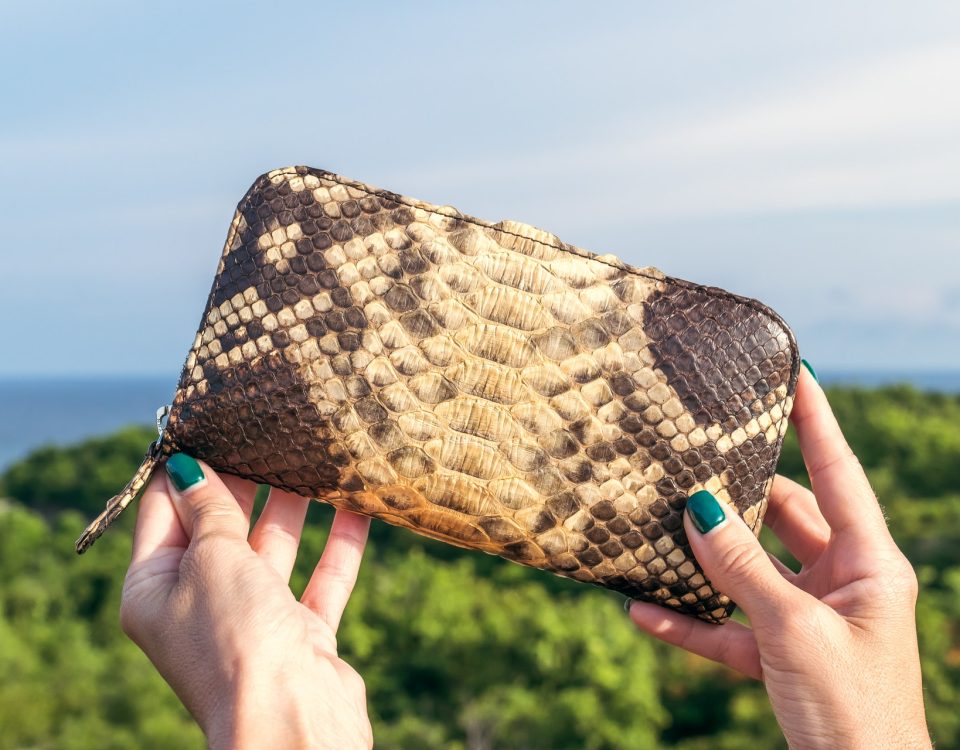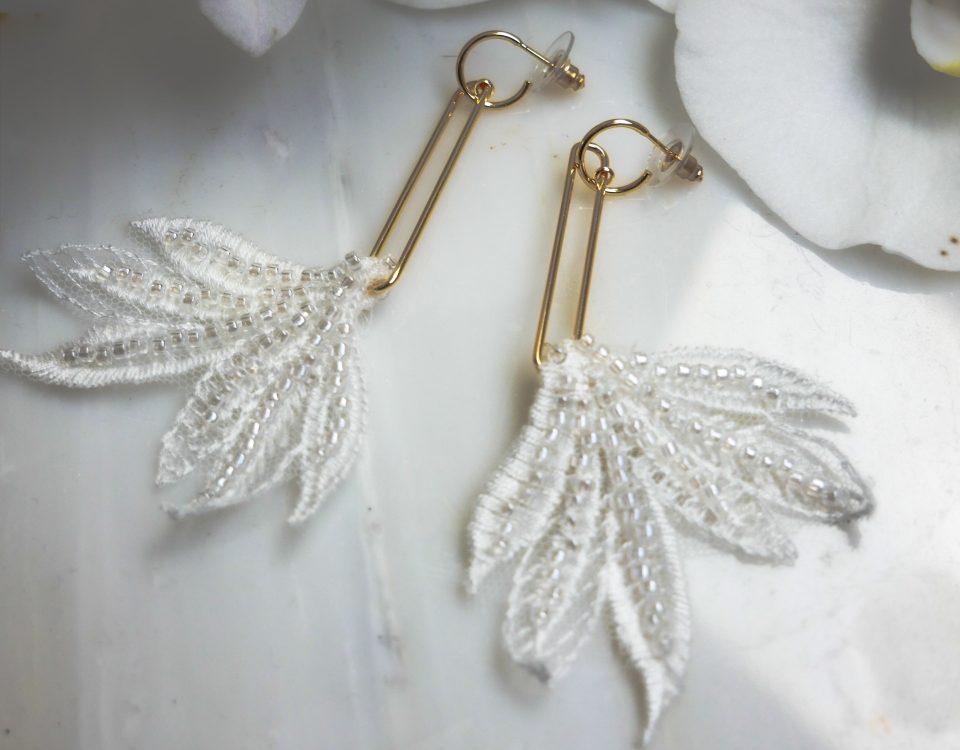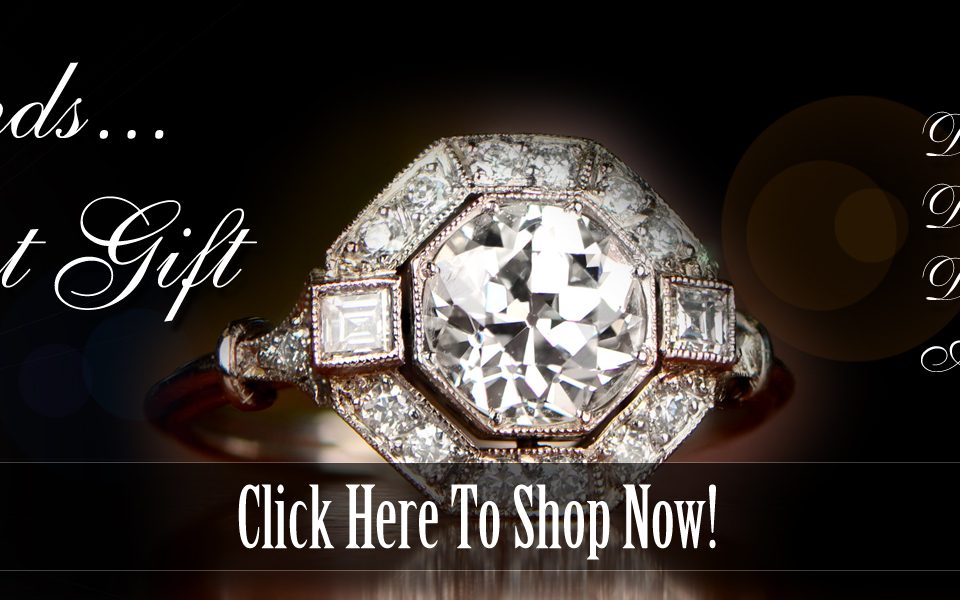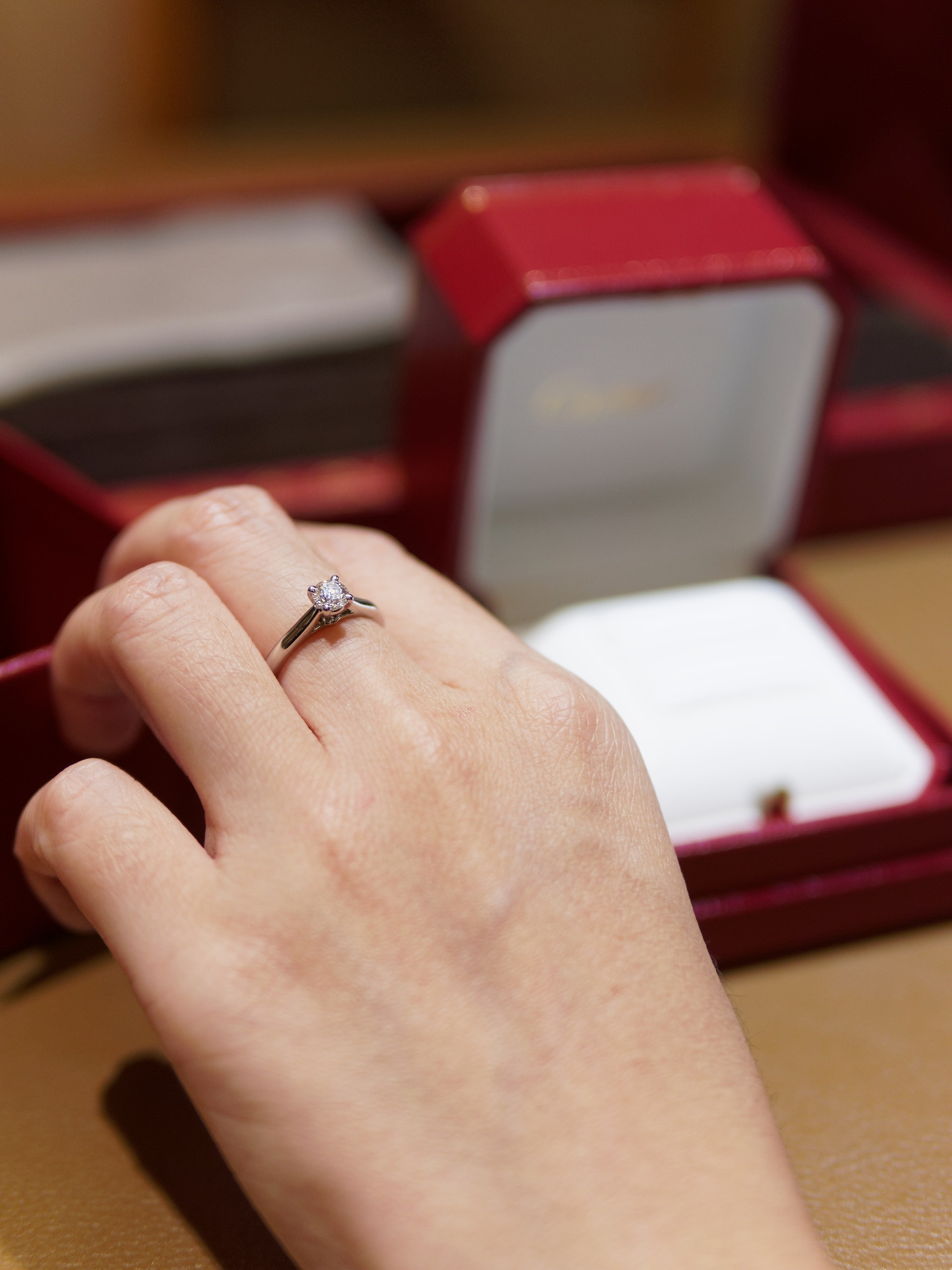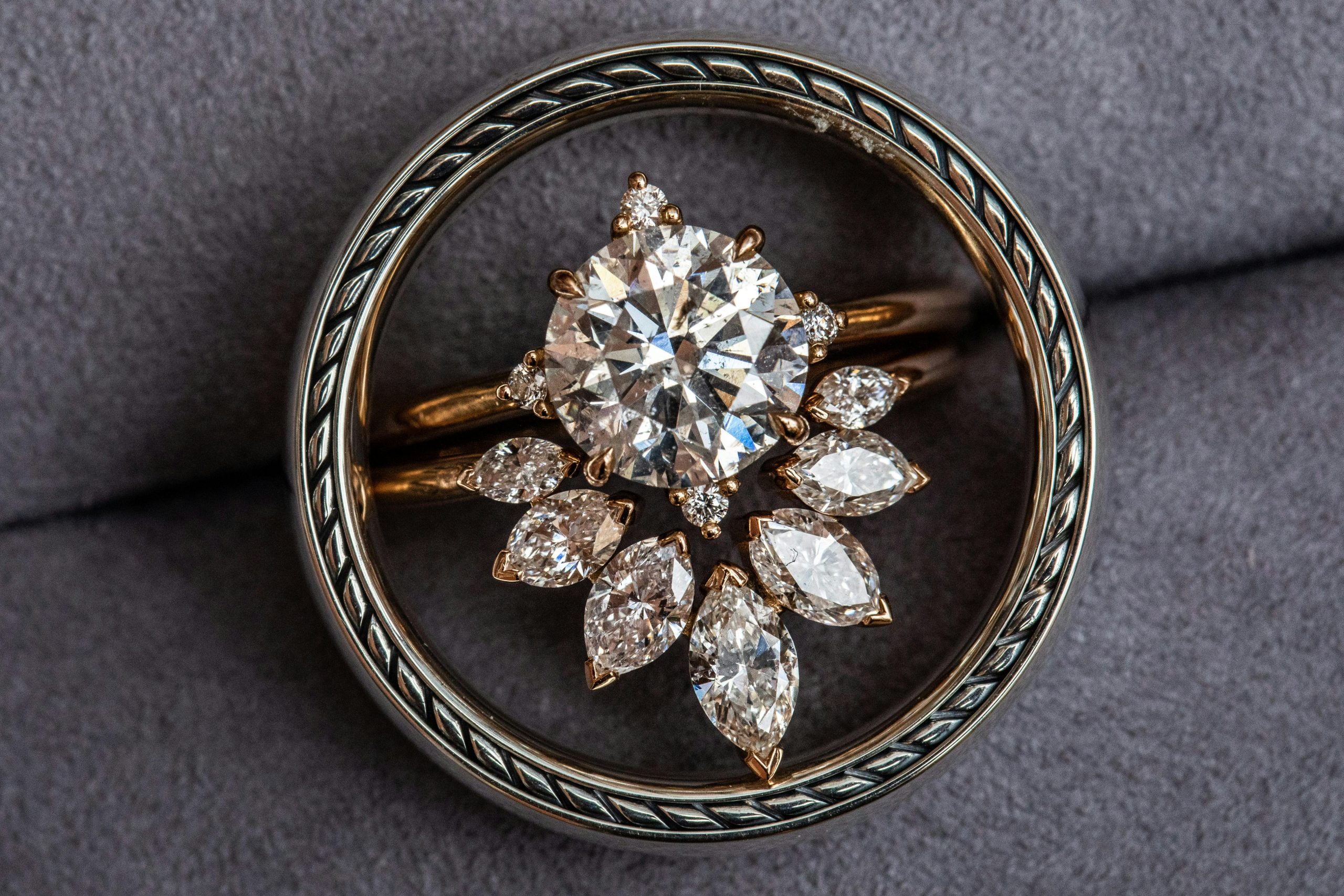
Top Myths About Buying a Diamond Engagement Ring
Buying a diamond engagement ring is a significant and exciting milestone, but it’s also surrounded by myths and misconceptions that can make the process overwhelming. From outdated "rules" to marketing myths, many shoppers end up spending more or making choices based on misinformation.
To help you make an informed decision, we’re debunking the most common myths about buying a diamond engagement ring.
Myth #1: You Must Spend Three Months’ Salary
The Truth:
The “three months’ salary rule” is a marketing myth created by diamond companies to encourage higher spending. The reality is that your budget should be based on your financial situation, not an arbitrary formula. Spend what you’re comfortable with and focus on getting the best quality within your budget.
Tip:
Consider the 4 Cs (Cut, Clarity, Color, and Carat) to balance quality and price rather than fixating on cost.
Myth #2: Bigger Diamonds Are Always Better
The Truth:
A larger diamond does not necessarily mean a better diamond. Cut quality has a greater impact on sparkle and brilliance than carat size. A well-cut diamond will appear more brilliant and visually appealing, even if it’s slightly smaller in size.
Tip:
Prioritize cut over carat for maximum sparkle and beauty.
Myth #3: Diamonds Are Rare and Always Appreciate in Value
The Truth:
While diamonds are valuable, they are not as rare as commonly believed. Additionally, most diamonds do not appreciate significantly in value over time unless they are extremely rare or have historical significance.
Tip:
Buy a diamond engagement ring for its sentimental and aesthetic value, not as an investment.
Myth #4: A Diamond Must Be Flawless
The Truth:
A "flawless" diamond is extremely rare and comes with a high price tag, but most inclusions (tiny imperfections) are microscopic and don’t affect the diamond’s beauty to the naked eye.
Tip:
Look for eye-clean diamonds (VS1-VS2 or SI1 clarity), which offer great value without visible flaws.
Myth #5: Only Round Diamonds Are Worth Buying
The Truth:
While round diamonds are the most popular, other shapes like oval, princess, pear, and emerald cuts can be equally stunning and often cost less per carat.
Tip:
Explore fancy-cut diamonds for a unique and budget-friendly option with just as much brilliance.
Myth #6: You Should Only Buy a Diamond with the Highest Color Grade
The Truth:
While colorless diamonds (D-F grades) are the most expensive, near-colorless diamonds (G-H grades) look nearly identical to the naked eye but come at a much better price.
Tip:
Choose a G or H color diamond to save money while still getting a stunning, white-looking stone.
Myth #7: You Have to Buy a Diamond Engagement Ring from a Traditional Jewelry Store
The Truth:
Many people believe that buying a diamond ring from a brick-and-mortar jewelry store is the only safe option. However, online jewelers and reputable retailers offer the same high-quality diamonds at more competitive prices.
Tip:
Buy from trusted jewelers with certification from GIA or AGS, whether online or in-store, to ensure quality.
Myth #8: A Higher Carat Weight Always Means a More Impressive Ring
The Truth:
Carat weight is only one factor in how large a diamond appears. The cut and shape of the diamond can make it look bigger or smaller than its actual carat weight.
Tip:
Consider an oval, marquise, or pear-shaped diamond, which looks larger than a round diamond of the same carat weight.
Myth #9: Lab-Grown Diamonds Are Not Real Diamonds
The Truth:
Lab-grown diamonds are physically, chemically, and optically identical to natural diamonds. The only difference is their origin—one is mined, and the other is created in a controlled environment.
Tip:
Lab-grown diamonds are a great alternative for those looking for a more ethical and budget-friendly option.
Myth #10: An Engagement Ring Must Have a Diamond
The Truth:
While diamonds are the traditional choice, many couples are choosing alternative gemstones like sapphires, rubies, or moissanite for a unique and meaningful engagement ring.
Tip:
If you want a non-diamond engagement ring, consider sapphires or moissanite for durability and brilliance.
Final Thoughts: Buy Smart, Not Based on Myths
When shopping for a diamond engagement ring, focus on what matters most to you and your partner rather than following outdated myths. Educate yourself on the 4 Cs, explore different options, and buy from reputable sources to ensure you get the perfect ring without unnecessary costs.
At Forever Sparkle Jewelry, we provide expertly curated diamond rings from top brands to help you find the perfect symbol of love. Browse our collection and make your engagement truly special!


